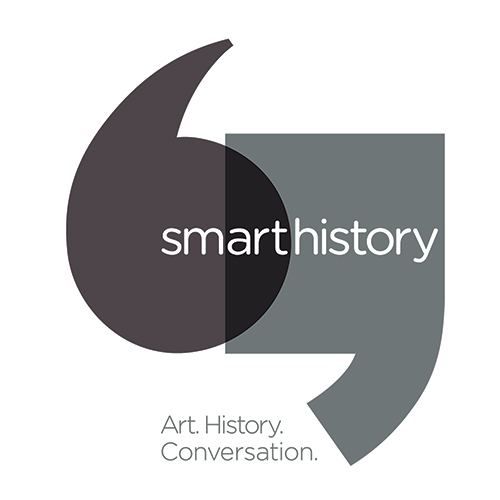Industry Education Website www.smarthistory.org | Founded 2005 | |
 | ||
Type Non-profit organization Key people Beth Harris, Steven Zucker Services Videos and essays on art and cultural history | ||
Brunelleschi dome of the cathedral of florence
Smarthistory is a free resource for the study of art history created by art historians Beth Harris and Steven Zucker. Smarthistory is an independent not-for-profit organization and the official partner to Khan Academy for art history.
Smarthistory started in 2005 as an audio guide series for use at the Metropolitan Museum of Art, The Museum of Modern Art in New York City, and as a resource for students taking introductory art history courses at the college level. In addition to its focus on college-level courses in art history, Smarthistory supports the art history Advanced Placement course and examination developed by The College Board. Smarthistory provides essays, video, photographs, and links to additional resources for each of the 250 works of art and architecture that comprise the new AP art history curriculum.
Smarthistory has published 1500 videos and essays on art and cultural history from the Paleolithic era to the 21st century that include the art of Africa, the Americas, Asia, Europe, and Oceania. Smarthistory's essays have been contributed by more than 200 art historians, curators, and archaeologists writing in their areas of focus. Videos are unscripted conversations between experts recorded on location in front of the original work of art or architecture.
According to the Smarthistory about page:
We are interested in delivering the narratives of art history using the read-write web's interactivity and capacity for authoring and remixing. Publishers are adding multimedia to their textbooks, but unfortunately they are doing so in proprietary, password-protected adjunct websites. These are weak because they maintain an old model of closed and protected content, eliminating Web 2.0 possibilities for the open collaboration and open communities that our students now use and expect.
Smarthistory won the Webby Award for Education in 2009. The Samuel H. Kress Foundation gave them a $25,000 grant for development in 2008 and a $38,000 partnership development grant with the Portland Art Museum in 2009.
In an article in the Brooklyn New York Daily News, staff writer Elizabeth Lazarowitz quotes Steven Zucker, "Art can be really intimidating for people", said Zucker. "If we can make art feel exciting and interesting and very much relevant to a historical moment...art can have real meaning." Unlike reading about art in a book, "the idea of the audio was to keep a student's eyes on the image", he explained. "It helped students to learn the material a lot better."
In a collaborative article by Beth Harris and Steven Zucker, the founders explain the value of the resource for teachers, students, and informal learners: "Smarthistory is helping teachers who are not specialists in art history find strategies to make the subject accessible and meaningful to students who might otherwise not have cultural resources available to them. And for college students, the site is fast becoming an attractive alternative to the commercial textbook whose short life cycle and $100+ price tag has increasingly become a barrier."
In a Chronicle for Higher Education article, Beth Harris is quoted on the ambitions and goals of Smarthistory: "We really just wanted to re-embed the objects in our world", says Harris, who is the founder and executive editor of Smarthistory as well as the director of digital learning at a New York City museum. "We thought that that would make them more relevant and more engaging for students."
